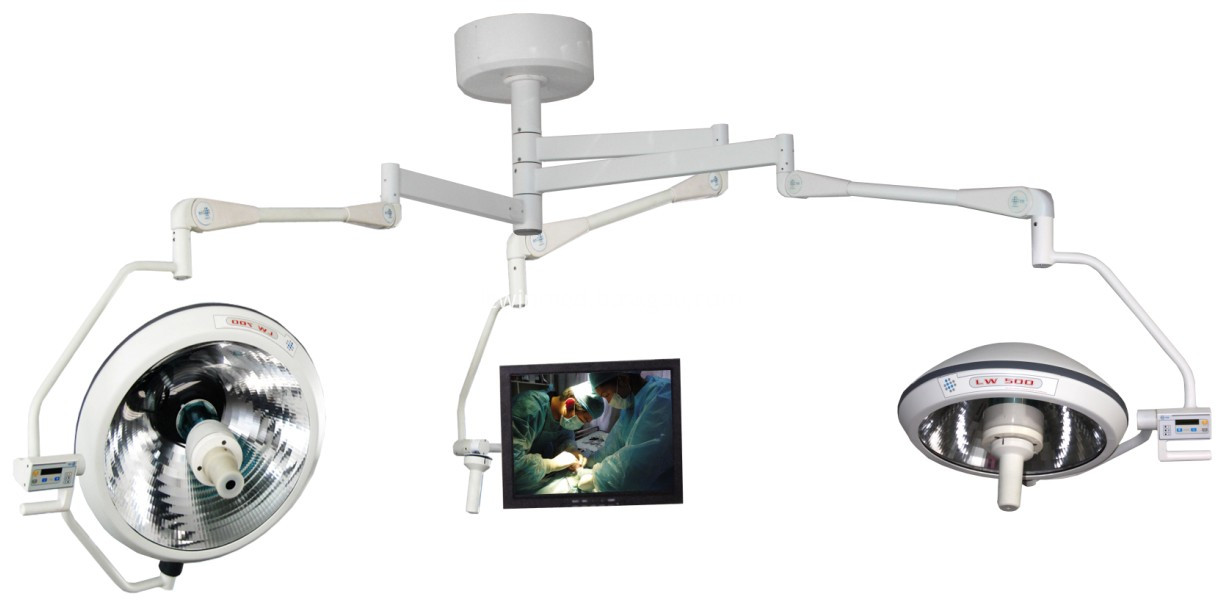First, timely drying up the field: The field should master the principle of “time to time seedlings, seedlings to unequal timeâ€. The so-called “time†is the period when rice is not sensitive to moisture, that is, at the end of tillering to the beginning of young panicle differentiation. It is the most suitable for the drying field. After this period of time, the sensitivity of the rice to the water is increased, and it is not appropriate to cut off the water to dry the field. "Miao" refers to the total number of seedlings per unit area including the main panicle and tillers. Usually there are 300,000 panicles or more per mu for conventional fine rice production, and more than 200,000 mu for hybrid rice production per mu. The effective spike. As long as the main spike and the three or more leaves reach the required effective ear, the field should be sunk.
Second, moderate drying in the fields: The sun should be moderate, and the severity and length of time should be based on the seedlings, the fields, and the weather. The standard is “fading seedlings, field surface cropping, and rooting whiteningâ€. The degree of drying up the field is divided into re-sunshine and light-drying. It should be comprehensively considered based on the seedling condition, fertility, plough layer, soil quality, topography, etc., where the hair trees are early, the leaves are dark, the growth is prosperous, the muddy feet are deep, and the muddy fields are cold. ,Farming feet should all be suitable for early sun drying, re-lighting, and drying time can be slightly longer, especially for those who have long-term waterlogging, soil erosion, slow dehydration of the field, should be re-sun; otherwise, it is appropriate to slow Light and light, and the drying time is short. However, regardless of light or re-lighting, it is necessary to achieve the requirements of “new root ran field surface, old roots down, hard and straight leavesâ€. In order to improve the quality of the cornfield, it is necessary to reserve the drying field in advance when planting the rice cultivars. Each time the cultivator should treat the rice field ridges and open the ditch before drying to facilitate drainage.
Third, pay attention to matters
1. Water and fertilizer management after drying up the field: After drying in the field, it is necessary to fill the "preserved water" until the heading, and it is generally not suitable to cut off the water. After heading, it is still necessary to adhere to interstitial irrigation, which not only ensures the water supply, but also maintains the roots of air. After arable land, 2-3 kilograms of urea per acre is used as jointing and panicle-fertilizer.
2, miss the time to make up the sun: missed the drying time to make up the sun, make up the degree of drying should be the latter lighter, because from the spike differentiation to heading, the sensitivity to water gradually increased, water shortage will affect the young ear With development, the panicle type becomes smaller, the emptying rate increases, and the 1000-grain weight decreases, resulting in reduced production.
3, excessive sun drying remedies: due to climate, water and other conditions, so that the seedlings over the sun, expressed as a period of time after rehydration, the field does not become soft, seedlings difficult to turn green. For this type of plots, fertilizers must be recovered in time, and 400-500 kilograms of mature human and animal manure should be topdressed per acre.
4, the sun must be adapted to local conditions: Shatian does not retain water, not the sun; white clay mud field, after the drainage of soil hardening, rejuvenation after the bubble is not soft, unfavorable sun; Tian Tiantian irrigation difficulties are not suitable for drying. The sun must have sufficient water as a guarantee to proceed.
Halogen Operating Lamp With Camera System. The built-in compact structure offers large scope of activity,flexible turning and stable performance, The use of effects is very good. Installation:the basement should support a burden of 500Kg;the lowest height for instal lation is 2.9m;If the height of the celling is more than 3.2m,one extension rack should be added(it can specially made by us). Micro-computer digital control has 8 shift scales and a good anti-jamming ability under AC180V-250V; Halogen Operating Lamp With Camera System with back up bulb automatic switch function ,auto-swift of backup bulb in 0.2 seconds faster than 0.5 seconds of other lamps will not effect the procedure of operation surgery;Soft boot device and an effective increase of bulb life-span.

Halogen Operating Lamp With Camera System
Camera Ceiling Operating Light,Camera Ceiling OT Light,Camera Operating Room Lamp,Camera Surgical Room Lamp
Shandong Lewin Medical Equipment Co., Ltd. , http://www.operatinglight.nl